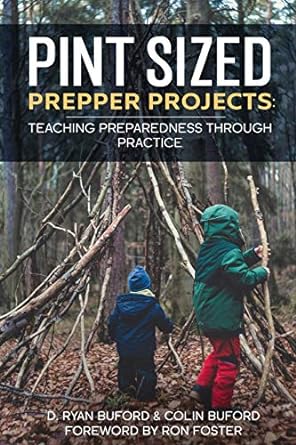How to: Forage for Spring Edibles 5 - Plantain (Plantago spp.)
Share
Videos
06/02/2014
This is amazing Herbal-Ally known as plantain (Plantago), no not the banana-like fruit....but the low to the ground smooth, broad-leafed herb. Most people consider it a weed, but this plant, in its early stages, as well as when it goes to seed is edible as a pot-herb or trail nibble, but most of all it is a MUST-KNOW plant for its healing properties. Plantain is highly astringent, meaning it draws out things, like poisons from bee/wasp stings, fly and mosquito bites, infection from cuts and bruises, irritations from poison ivy & poison oak...and is even purported to be able to draw out splinters!
It is a pain reliever for irritations and skin abrasions and lacerations, it also contains a constituent called allantoin that helps in skin cell regeneration and is synthesized for use in commercial homeopathic wrinkle creams.
So this very common and easy to identify plant is one that everyone should get to know.
The plants featured are:
Plantain (Plantago spp.)
Red Clover (Trifolium pratense)
Yellow Wood Sorrel (Oxalis stricta)
========================
FORAGING RULES:
1). Only harvest plants that you have 110% positively identified.
2). Only harvest from areas where you have permission to do so.
3). Only harvest from areas you know are not sprayed, contaminated, or polluted.
4).Only use your harvest after they have been well washed in water.
5). Only ingest small amounts at first; If you choose to do so it is AT YOUR OWN RISK! DO NOT use this short video as the source of truth...DO YOUR OWN RESEARCH and/or find someone in your area who is knowledgeable and competent
#5 is especially important if you are new to wild foraging. Aside from the obvious dangers of thistles, poison ivy, poison oak, and deadly water hemlock...Many wild plants contain off the charts vitamins and minerals which might create a shock to your system...considering the nutrient count of your average domesticated vegetable foodstuffs.
Also and adendem to rule #1 is follow Green Deane's of EatTheWeeds I.T.E.M-ize Rules:
(I)dentify the plant beyond doubt....be sure it is the right
(T)ime of year. Check its
(E)nvironment. This involves two things. One is making sure it is growing in the right place. The other is making sure the plant is getting clean water and is not in polluted soil. And then...
(M)ethod of preparation.
SORRY - There are no steps for this How-To. Please check back later. Or drop me a line at
TheUrbanAbo@gmail.com to let me know you wanna see this one fleshed out.







